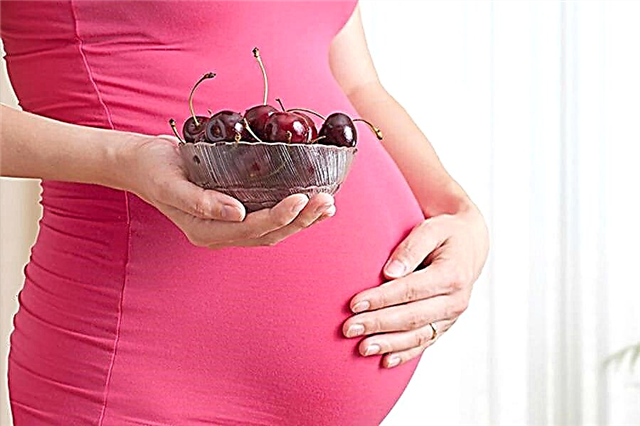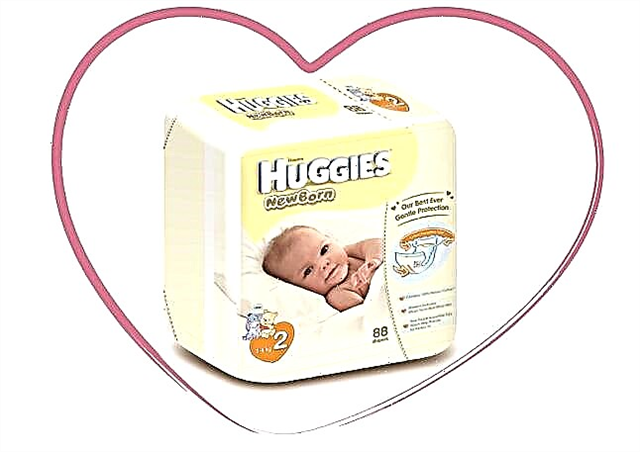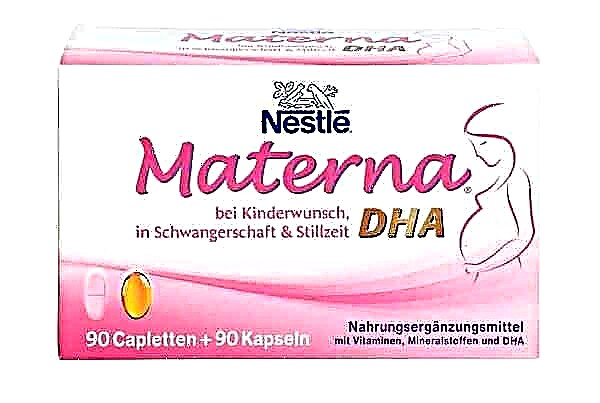A child's stool is not just physiological functions, it reflects the state of the body. First of all, the organs of the gastrointestinal tract. Moms regularly examine their child's stools and often worry unnecessarily. In order to know when you really need to sound the alarm and go to the doctor, you need to have an idea of what the stool should be like.
Baby chair in the first days of life
After birth, the baby leaves meconium. This is the original stool, which is formed from the amniotic fluid swallowed by the child, and the desquamated intestinal epithelium. It has a putty consistency of black or dark green color, odorless.

Normally, meconium departs 1 to 2 days after birth, which indicates the patency of the gastrointestinal tract. In the first days, the baby's stool happens only once or twice a day, since the amount of food that he receives from the mother's breast in the form of colostrum is small.
If within two days from birth the child has no stool, you must inform the doctor about it.
From 2 to 5 days of life, the baby's intestines begin to be colonized by the microflora due to microorganisms that live in breast milk, air and on surrounding objects. The first drops of colostrum are especially important for the microflora of the newborn, therefore it is necessary to attach the baby to the breast immediately after birth.
In response to the colonization of flora, an inflammatory reaction of the intestinal mucosa occurs - transient intestinal catarrh. The stool becomes yellow-green in color, there may be an admixture of white undigested lumps, mucus, which leaves watery spots on the diaper. This is a physiological condition that does not require treatment. From 1 to 2 weeks "mature" stool of the newborn is formed.
Baby's stool in the first months of life
There are significant differences between the stool of breastfed babies and the feces of formula fed babies.
 Babies who are lucky enough to eat their mother's milk have stools from birth almost after every feeding (from 8 to 10 times).
Babies who are lucky enough to eat their mother's milk have stools from birth almost after every feeding (from 8 to 10 times).
Normal stools in infants are yellow, of a homogeneous mushy consistency, with a fermented milk smell.
With artificial feeding of a newborn, defecation less often - from 4 to 6 times a day. At the same time, the consistency of the stool is thicker, it is mushy, with a brown or greenish tint.
Stool in a 2 month old baby may be irregular. Each kid is different. For some, it is daily, for others - once every 1 - 2 days.
Do not panic if your child has a stool frequency of once every 2 days. If, at the same time, he is active, does not worry, he has a good appetite, there is no vomiting and bloating, there is nothing to worry about.
The stool of a child at 1 month is small, about 10 - 15 g. Later, the frequency of stool becomes less, and the volume of feces increases to 40 - 50 g per bowel movement.
Chair of a child of the second half of life
With the introduction of complementary foods, the child's stool changes. Stool frequency becomes less frequent - 1 - 2 times per day. The nature of the feces will depend on the food introduced. If the child has sparse and dense feces, it is better to start introducing complementary foods with fruit and vegetable purees. If the child, on the contrary, had liquefied stools, it is better to start with cereals.

Since the baby is just starting to learn to chew, fragments of undigested food may be visualized in the stool, and its color may match the color of the eaten product.
If, when adding a new product to the diet, in addition to changes in the stool, the baby has anxiety, bloating, skin rashes, it is necessary to stop using this food. Intolerance to this food can be caused by allergies.
If, with the introduction of semolina or millet porridge into the child's diet, liquid, frothy, light stools appear, and there is a decrease in body weight, an urgent need to consult a doctor. This clinical picture is typical for celiac disease - gluten intolerance.
Stool disorders in a child
Changes in the baby's stool can be both qualitative - changes in color, the nature of the stool, the appearance of pathological impurities, and quantitative - a delay or increased frequency of bowel movements.
Possible qualitative changes in the child's stool
The characteristic of stool, the appearance of the stool is directly related to the food consumed. At the same time, you should not compare the stool of two different children on the same diet, each child has an individual stool character. The mother of the child will notice even the smallest changes and impurities in the stool. They can be both a variant of the norm and a sign of the onset of the disease.
If a newborn child has a small admixture of mucus, undigested lumps, greens once in the feces, and at the same time the general condition of the baby does not suffer - he is vigorous, mobile, does not worry, sucks actively, assimilates the amount of food completely, there is a positive increase in body weight, not you should panic, call an ambulance and even more self-medicate. It is necessary to monitor dynamics for further changes in the stool.
What changes in stool should you pay attention to and what can they talk about?
- an admixture of white curdled lumps in the feces with a positive increase in body weight may indicate overfeeding of the child, when the newborn is very often applied to the breast or exceeds the age-specific amount of feeding. If at the same time there is a decrease in body weight, anxiety of the child, a dysfunction or lack of enzymes that are secreted by the digestive glands is possible;
- Frequent stools of a liquid consistency, frothy with a sour odor, which leaves a watery spot on the diaper, is a sign of insufficient digestion of carbohydrates. It may be simply lactose intolerance associated with improper organization of breastfeeding, or lactase deficiency - a disease in which there is a lack of an enzyme in the intestine;
- oily, shiny stools, leaving oily marks on the diaper, accompanied by constipation or diarrhea, indicates a violation of the digestion of fats;
- A small admixture of blood in the stool of a bottle-fed baby, especially in combination with a skin rash, may be a sign of an allergy to cow's milk protein.
If there is an admixture of red blood in the feces, an urgent need to consult a doctor.
There can be many reasons for the appearance of blood in a diaper - from a small crack in the anus to a more serious surgical disease.

With changes in the newborn's stool, defined actions:
- It is necessary to clarify whether the changes in the stool are related to the child's nutrition. When breastfeeding, the nurse must follow a strict diet, since changes in stool may be associated with an error in the mother's diet. In children of the second half of the year, it is necessary to exclude the influence of the introduced complementary foods on the nature of the stool.
- It is necessary to assess the weight gain of the child.
- See your doctor for additional tests. Scatological examination includes microscopic, chemical examination of feces, fecal occult blood examination, feces analysis for dysbiosis.
Stool quantitative changes
Violations can occur due not only to a change in the nature of the stool, but also to the frequency of bowel movements. These include constipation and the opposite condition, diarrhea.
Constipation - the absence of independent stool for more than two days, accompanied by bloating, anxiety of the child, and decreased appetite.
Constipation is one of the most common problems in the first year of life. This is most often encountered by children receiving formula.
For more information about why constipation occurs in a newborn and how you can cope with this problem, read the article of a pediatric doctor.
The first step is to establish the possible cause of constipation. In children, constipation is most often of a functional nature due to impaired intestinal motility.
Possible two options for the development of intestinal motor activity:
- Atonic constipation. Occur with insufficient motor function of the intestine. At the same time, there are prolonged stool retention, bloating, and when emptying, the volume of feces is very large.
- Spasmodic constipation. Associated with increased intestinal contractile function. The act of defecation is accompanied by anxiety of the child, the stool is very dense, in small portions, it looks like sheep feces.

When constipation occurs the following actions are required:
- compliance with the child's diet. When breastfeeding, strict adherence to the diet is necessary. With artificial feeding, the baby should get enough fluids. From the second half of life, the chair can be corrected by the introduction of complementary foods. In case of constipation, you can try to introduce a decoction or puree of prunes into the diet;
- tummy massage and gymnastics help to enhance peristalsis and improve digestion;
- with spastic constipation, the child will be emptied candles with glycerin;
- if the independent chair is delayed for more than two days, the child needs to be helped to poop with cleansing enema, for bloating and flatulence - use a gas pipe.
If you are not sure that you can do these procedures yourself, you need to contact a specialist. But also do not forget that stool retention may be associated with organic congenital changes in the intestine.
For long-term constipation, consult a doctor. You should not self-medicate and use laxatives without the appointment of a specialist.
Diarrhea (diarrhea)
Frequent loose, greenish stools mixed with mucus, streaks of blood, combined with vomiting, are a sign of an acute infection.
In children in the first year of life, intestinal infections are often found, since the protective immune functions of the intestine are not fully formed. Non-dangerous infectious agents that do not manifest clinically in an adult can lead to a serious condition in a newborn.
Diarrhea in a child is dangerous because, in addition to a large loss of fluid, absorption in the intestine is impaired from the body. This leads to dehydration of the body.
If a child is ill, it is necessary to consult a doctor in order to prescribe treatment. Despite the decreased appetite, it is necessary to continue to feed the baby, especially with breastfeeding. The protective factors of breast milk will help to improve bowel function.
For any violations of the stool, first of all, you should consult a doctor. Perhaps your fears are unfounded, and unreasonable treatment can only aggravate the situation.



